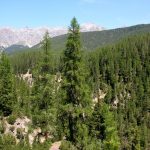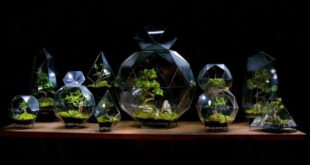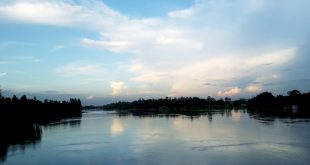Forest ecology is the study of all aspects of the ecology of wooded areas, including Rainforest, Deciduous and Evergreen, Temperate and Boreal forest.
In this article, Definition of Forest and Classification of Major Forests of the World will be discussed in detail.
Definition of forest
According to Forest Resources Assessment, FRA, FAO (2000),
Forests are lands of more than 0.5 hectares, with a tree canopy of more than 10%, which are not primarily under agricultural or urban land use.
- Thus, forests are determined both by the presence of trees and the absence of other predominant land uses.
- The trees should be able to reach a minimum height of 5 meters in situ.
Here, in the above two images, first one is a Forest but second one is just a land area. Because the firsr one fills up the criteria of a Forest whereas the second one doesn’t.
Classification of major forests of
the world
Forests are classified differently depending on the identity of the dominant tree species, density of trees, soil types, history of the geological region and so on.
Best safe and secure cloud storage with password protection
Get Envato Elements, Prime Video, Hotstar and Netflix For Free
Best Money Earning Website 100$ Day
#1 Top ranking article submission website
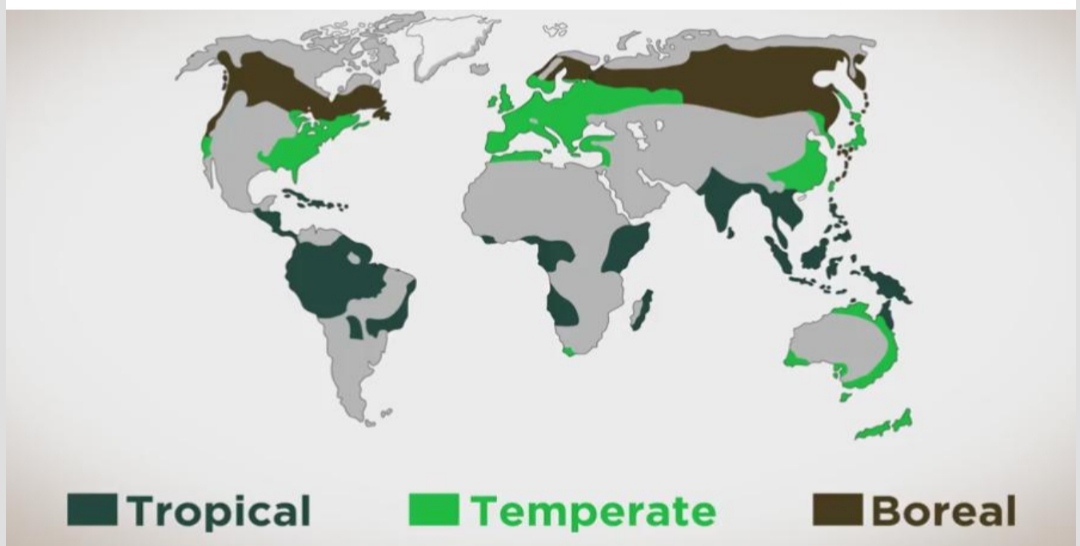
However, Forests are divided into following main types:
- Tropical forest and Sub tropical forest
- Boreal forest
- Temperate forest
- Seasonal or monsoon forest
- Plantations
These are described below:
1. Tropical forest and Sub tropical forest
Tropical and subtropical forests are also known as rainforests or tropical rainforests.
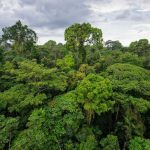
- Majority of the forest area is covered by this forest with broad leafed trees.
- These are mostly found at lowlands near the equator.
- These are evergreen forests and remain
the same throughout the year. - These forests form a dense and thick upper layer of foliage (canopy).
- Tropical forests are home to more than
half of the species of animals and plants
dwelling on the earth.
2. Boreal Forest
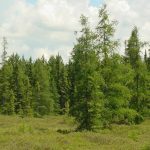
The word ‘Boreal’ means northern. These are also known as Taiga.
- This forest is found on latitude 50 to 60 degree.
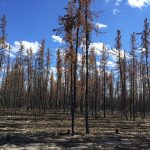
- Temperature in these forests is usually low, as the canopy allows very low sunlight to penetrate, therefore, limited under story.
- Soil of these forests is poor in nutrient content.
- Trees like pine, spruce and fir are most likely to be found in these forests which are cold-tolerant and evergreen in nature.
3. Temperate Forests
These forests are categorized as deciduous and evergreen.
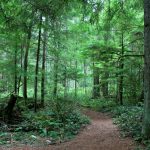
- Temperate forests are found on both
hemispheres on latitude approx. 25 to 50 degree in regions of northeastern Asia, North America, western and central Europe. - Soil of these forests is fertile.
- Trees are categorized as broad leafed trees including those which change their foliage every year like oak, maple, beech, hemlock, cotton wood, elm and many more of same kind.
4. Seasonal or monsoon forest
These are also called dry forest or tropical deciduous forest, open woodland.
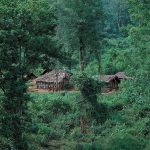
- These areas have a long dry season followed by a season of heavy rainfall.
- The trees in seasonal monsoon forests usually shed their leaves during the dry season and come into leaf at the start of the rainy season.
- Many lianas (woody vines) and herbaceous epiphytes (air plants, such as orchids) are present.
- These forests are specially well developed in Southeast Asia and are typified by tall teak trees and thickets of bamboo.
5. Plantations
Plantations are actually a large farm, piece of land or estate that is used for cultivation.
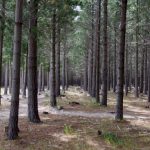
- Plantations are usually adopted in tropical and subtropical regions.
- In these farms and lands, cultivation of different crops is done on a large scale.
- These crops include rubber seeds, oil
seeds, sugar cane, cotton, tobacco, coffee and sisal. - Plantations done for industrial purpose is called forestry.
• It is done to get larger amount of wood in a shorter span of time.
Reference:
Class Lecture of Dr. Mohammad Zabed Hossain, Professor, Department of Botany, University of Dhaka.
 Plantlet The Blogging Platform of Department of Botany, University of Dhaka
Plantlet The Blogging Platform of Department of Botany, University of Dhaka

